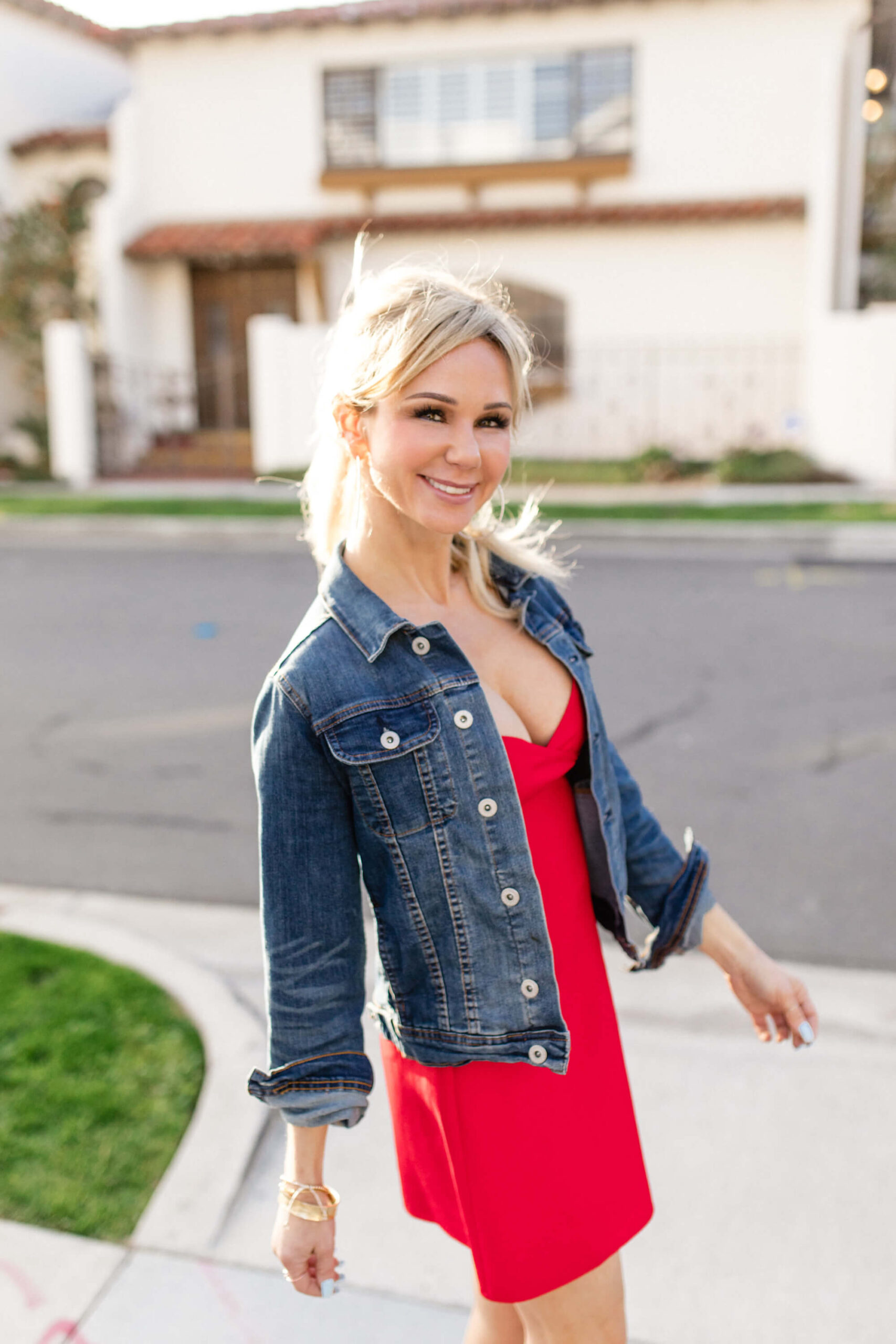There has always been confusion surrounding Retin-A and what it can do for your skin. As a board certified dermatologist, I’m here to answer your questions!
Retin A is a Vitamin A derivative that comes in many different variations depending on your skin type. Retin A is the prescription strength version and retinol is an over the counter product. The first thing to consider when embarking on a new regimen is to determine what retin-A strength is right for your skin- from .025% to .1%. The second thing to consider is what vehicle is right for your skin type. You can purchase gels, creams or micro-emulsions. It is important to use the right strength, vehicle and frequency in order to have a positive experience with the product. If done incorrectly, you may get red itchy skin and stop using the product before you see the benefits.
Let’s Get Technical
On a cellular level, Retin-A is helpful for many things: acne, anti-aging, reducing photo damage and reversing sun damage.
It’s able to improve acne by helping keratinocyte from sticking inside our pores. When pores are clogged with these sticky skin cells, it causes inflammation and the proliferation of the P acne bacteria which results in whiteheads, blackheads and acne to get worse. Retin- A opens up the pores so that the skin can breathe. Sometimes when patients with acne try Retin-A there is a brief time period of purging so your skin will get worse before it starts to improve. It only happens about 20% of the time but I don’t want you to get discouraged before you are able to reap the benefits!
Moving on to the anti-aging properties, there are three main things Retin A or tretinoin does. First, it stimulates collagen. Collagen is produced by fibroblasts which are cells in our skin. As we age we start to lose collagen which contributes to saggy skin, fine lines, wrinkles and less than perfect texture. By stimulating collagen, we see the anti-aging benefits.
Any younger individual, like children or adolescents, that process is happening so rapidly. For example, my kids have this nice smooth skin without visible pores. As we get older, even in late adolescence and 20s and 30s- that slows down and so the skin cells get sleepy and they stop working. This makes your skin look dull as the skin cells hang around, clog pores and cause fine lines and wrinkles. Once you can increase that cellular turnover and get these baby skin cells to mature fast and slough off, you’ll be constantly renewing those cells so they are active, viable and healthy.
When you begin using Retin-A it is very important to ease it into your regiment. I recommend to my clients that they mix a pearl size amount into their moisturizer once per week for 2 weeks. This allows your skin to ease into the routine and begin to build a tolerance. After those 2 weeks are over, increase to 2 times per week for 2 weeks, then 3 times per week (for 2 weeks), 4 times and then gradually moving toward every other day and then every day. It is best to apply Retin-A in the evenings.
Because of the potency of this product, I always tell my patients to start slow and increase the percentage strength as time goes on. Start with a .05% and then work your way up to .25% and then finally work you at .1%. This is going to happen over the course of several months or even a year and there’s no downside to going slow.
By using this strategy, you are building a tolerance for your skin so it will start to get stronger and healthier. It will leave your skin hydrated and it’ll be healthier on a cellular level which will manifest with beautiful skin without all the irritation or downtime. If you use too much too fast, you’re going to hate it because it will result in red dry peely irritated skin. One of my favorite analogies for this process is going to the gym- the first few sessions you go through will make you sore but you are getting stronger. As you continue to go over a long period of time, you are no longer sore and are more fit and healthy than when you started!
On the flipsid we have over-the-counter retinol. This is a mild version of a vitamin A derivative because it is non-prescription strength. You can actually use it day or night so unlike tretinoin, which is deactivated by UV light or sunlight, retinol stays stable. I use Retinol in the mornings and Retin A at night so that they both work together. It takes a little time to titrate but once you get there your skin will thank you.
It’s just a matter of what’s best for you and your skin. I recommend having a dermatologist evaluate your skin and write your prescription. You could also try the over the counter method for a few months to see how your skin reacts to it.
A lot of my patients ask, does it thin your skin? The short answer is no. A small proportion of people will experience this because they don’t switch up the strength and use the product over many many years. It’s important to keep your skin guessing so I recommend changing the vehicle and frequency every few months.
I’m a big advocate of Retin-A and retinol and that family of products and a lot of my colleagues do as well. There is overwhelming research and data that supports it’s anti-aging and anti-cancer properties. I hope this information helps you to take a great step in your skincare routine!

